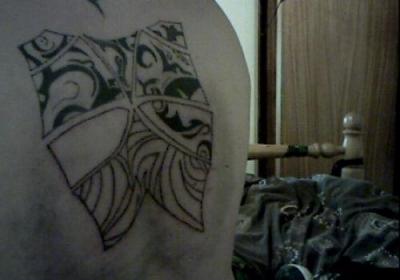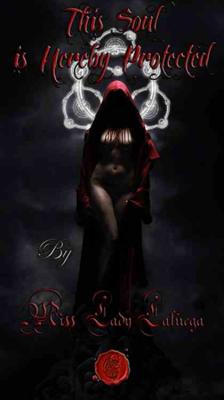If you are using Chrome, click the red hand button at the top right of the screen:

Then select: Don't run on pages on this site
If you do it correctly, the red hand will turn to green and you will no longer see this message.

 |

|
 Portfolio |
 Bite VampyreOfBlood666 |
 Stalk VampyreOfBlood666 |
just under 24 hours til my bday night out getting excited nowww wooooo
Let me tell you somethink you all ready no ..The world ain't all sunshine and rainbows. It is a very mean and nasty place It will beat you to your knees and keep you there permanently if you let it. You, me or nobody is going to hit as hard as life. But it ain't about how hard you hit, it is about how hard you can get hit and keep moving forward, how much can you take and keep moving forward. That's how winning is done!Now if you know what you're worth then go out and get what you're worth. But ya gotta be willing to take the hits, and not pointing fingers saying you ain't where you wanna be because of him, or her, or anybody! Cowards do that and that ain't you!
For centreys I did not not no who or what I was. for a long time I been hiding from the dark gift ive been givein. Not no more ive been hideing for far to long this curse this gift what ever you might call it all ways comes back on you all that left is darkness thats were i intend on staying and waitng till the time is right .
you think youv seen every think youv seen nothink yet its comeing back

Ãsatrú is an Old Norse word consisting of Ãsa, referring to the Norse gods, and trú, "troth" or "faith". Thus, Ãsatrú means "religion of the Æsir." The term was coined by Edvard Grieg in his 1870 opera Olaf Trygvason, in the context of 19th century romantic nationalism.
Generally synonymous terms for Asatru include Germanic Neopaganism, Germanic Heathenism, Forn Sed, Odinism, Heithni or Heathenry. The original, ancient form of Norse religion is usually referred to as Germanic paganism, Germanic religion, or Norse mythology.
History
The ancient origins of Germanic religion date from prehistoric times and are thus unknown. Most of what is known about Germanic religion is derived from descriptions by Latin writers such as Julius Caesar (1st cent. BC) and Tacitus (1st cent. AD), descriptions of early Christian missionaries, and archaeological evidence including cult objects, amulets, grave goods, and place names.
Anglo-Saxon England was converted from Norse paganism to Christianity in the 7th century, Scandinavia in the 10th century. The Germanic/Norse religion gradually disappeared after this, although Christianity absorbed some of its external features, such as the name and popular customs of Easter.
Asatru, the modern attempt to revive the old Norse faith, was founded by the Icelandic farmer Sveinbjörn Beinteinsson (1924–1993). Beinteinsson was a sheep farmer and a priest in the religion, who published a book of rÃmur (Icelandic rhymed epic poetry) in 1945. In 1972 he petitioned the Icelandic government to recognize the Ãslenska Ãsatrúarfélagið ("Icelandic fellowship of Æsir faith") as a religious body. It did so in 1973, and Denmark and Norway have since followed.
According to one Asatru website, similar communities were formed in the USA and UK at the same time as those in Iceland, each unaware of the existence of the others. This is a sign that "Odin, the wanderer, is once again seeking worshippers."
http://i133.photobucket.com/albums/q76/gravechild815/REGbanner.jpg









| Member Since: | Oct 03, 2007 |
| Last Login: | Aug 15, 2022 |
| Times Viewed: | 9,407 |
| Times Rated: | 920 |
| Rating: | 9.764 |

you have been rated fairly